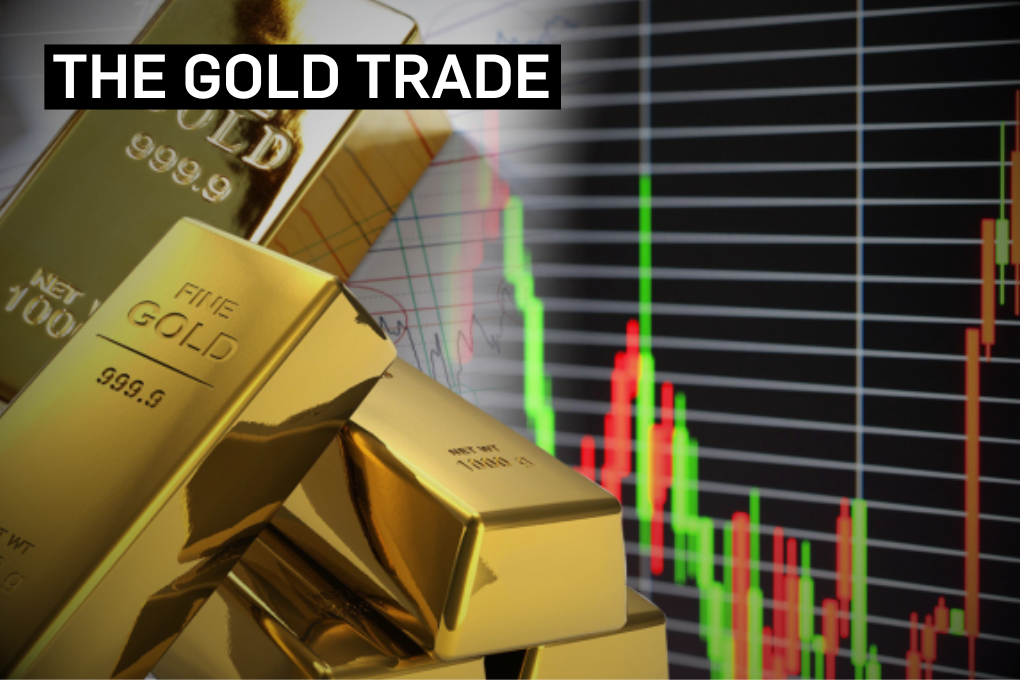Gold has been a cornerstone of global commerce for thousands of years, treasured for its beauty, rarity, and function as a store of value. Ancient civilizations like the Egyptians, Romans, and Chinese placed immense importance on gold, using it for currency, jewellery, and symbols of power. Over time, gold became the foundation of monetary systems, with the gold standard being the primary monetary framework up until the 20th century. Even after the gold standard was abandoned in the 1970s, gold has continued to play a crucial role in global finance as a hedge against inflation, a safe-haven asset during times of uncertainty, and a key tool for central banks in managing reserves.
August 2024 Gold Market Overview: Challenges and Opportunities
In August 2024, the gold trading experienced both turbulence and opportunity, reflecting broader uncertainties in the global economy. Despite its historical status as a reliable safe-haven asset, gold faced significant challenges amidst rising market volatility driven by unexpected interest rate hikes and disappointing economic data. Nonetheless, the outlook for gold remains optimistic, with several factors pointing toward future gains.
Market Dynamics and Price Movements
Gold prices have remained relatively stable, hovering around $2,400 per ounce, marking a 1.7% increase month-over-month (MoM) and an impressive 24.7% year-over-year (YoY) gain. While other precious metals struggled—silver dropped 12.5%, platinum declined by 7.1%, and palladium fell 11.3%—gold’s performance remained strong. This resilience underscores gold’s unique position in the commodities market as a hedge against uncertainty.
However, global market volatility, particularly in Japan, had ripple effects across various asset classes. The sharp 19.9% decline in Japan’s Nikkei 225 index and a spike in the Nikkei VIX index to 70.3% led to reduced speculative positions in gold, even though the metal’s fundamental drivers remained intact. This shows that while gold prices held steady, investor sentiment remains cautious, reflecting broader market instability.
Fundamental Drivers and Economic Outlook
Gold’s appeal as an investment is expected to strengthen in the coming months. The U.S. Federal Reserve is poised to start cutting interest rates, which could provide a tailwind for gold prices. According to the CME FedWatch tool, there is a 55% probability of a 50-basis-point rate cut at the September 2024 Federal Open Market Committee (FOMC) meeting, with further cuts anticipated through 2025. Lower interest rates typically weaken the U.S. dollar and reduce long-term real bond yields, both of which are supportive of higher gold prices.
Historically, gold thrives in environments of declining interest rates and economic uncertainty. With inflation pressures slowly easing, investors are increasingly looking to gold as a hedge against future economic shocks. As geopolitical tensions persist and financial markets fluctuate, the structural case for gold remains robust.
Supply Dynamics and Demand Trends
On the supply side, global gold mine output is expected to reach record levels in 2024. Production in the second quarter rose 3.3% YoY to 929.1 tons, and total gold supply, including recycled gold, is projected to rise by 2.2% YoY to 5,063 tons. Countries like Canada, Indonesia, and Cote d’Ivoire saw significant production increases, while output in Mexico, Australia, and Russia declined.
Demand trends, however, are more mixed. Technology demand for gold grew 11.4% YoY in Q2 2024, driven by a boom in semiconductors and memory chips. On the other hand, jewellery demand saw a sharp 18.5% YoY decline, largely due to high local prices and weakening consumer confidence in markets like China and India. Physical investment in gold also softened slightly, with bar and coin demand falling 4.6% YoY, though demand remained strong in key Asian markets.
Strategic Outlook for the Gold Market
Looking forward, the gold market is likely to navigate through a complex set of dynamics. The expected U.S. interest rate cuts and a potentially weaker dollar are positive factors for gold, yet the market remains vulnerable to sudden macroeconomic shifts. For example, any changes in central bank policies or investor sentiment could lead to temporary pullbacks in gold prices.
However, gold’s long-term outlook appears solid. As central banks continue to buy gold to diversify reserves and hedge against economic risks, demand from institutional investors is likely to provide a strong floor for prices. Moreover, any retracement in gold prices could offer attractive entry points for investors, especially as global economic conditions remain unpredictable.
Conclusion: Gold at a Crossroads in 2024
August 2024 has presented the gold market with a unique set of opportunities and challenges. While volatility and mixed demand trends create some uncertainty, the fundamental drivers supporting gold’s rise—lower interest rates, geopolitical instability, and central bank demand—remain in place. For investors, understanding these dynamics and maintaining a diversified portfolio will be key to capitalizing on the opportunities that gold presents in the coming months.
As always, gold remains an essential asset in times of economic uncertainty, and with prices near historic highs, it continues to serve as a critical hedge against volatility in broader markets.

